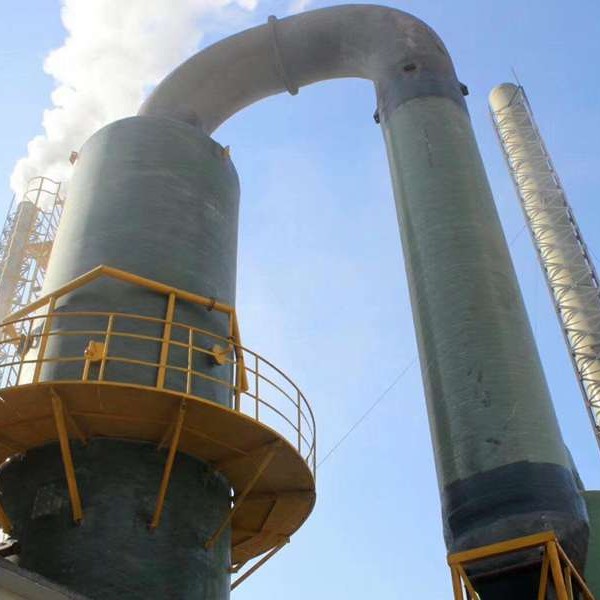
-
 Afrikaans
Afrikaans -
 Albanian
Albanian -
 Amharic
Amharic -
 Arabic
Arabic -
 Armenian
Armenian -
 Azerbaijani
Azerbaijani -
 Basque
Basque -
 Belarusian
Belarusian -
 Bengali
Bengali -
 Bosnian
Bosnian -
 Bulgarian
Bulgarian -
 Catalan
Catalan -
 Cebuano
Cebuano -
 China
China -
 China (Taiwan)
China (Taiwan) -
 Corsican
Corsican -
 Croatian
Croatian -
 Czech
Czech -
 Danish
Danish -
 Dutch
Dutch -
 English
English -
 Esperanto
Esperanto -
 Estonian
Estonian -
 Finnish
Finnish -
 French
French -
 Frisian
Frisian -
 Galician
Galician -
 Georgian
Georgian -
 German
German -
 Greek
Greek -
 Gujarati
Gujarati -
 Haitian Creole
Haitian Creole -
 hausa
hausa -
 hawaiian
hawaiian -
 Hebrew
Hebrew -
 Hindi
Hindi -
 Miao
Miao -
 Hungarian
Hungarian -
 Icelandic
Icelandic -
 igbo
igbo -
 Indonesian
Indonesian -
 irish
irish -
 Italian
Italian -
 Japanese
Japanese -
 Javanese
Javanese -
 Kannada
Kannada -
 kazakh
kazakh -
 Khmer
Khmer -
 Rwandese
Rwandese -
 Korean
Korean -
 Kurdish
Kurdish -
 Kyrgyz
Kyrgyz -
 Lao
Lao -
 Latin
Latin -
 Latvian
Latvian -
 Lithuanian
Lithuanian -
 Luxembourgish
Luxembourgish -
 Macedonian
Macedonian -
 Malgashi
Malgashi -
 Malay
Malay -
 Malayalam
Malayalam -
 Maltese
Maltese -
 Maori
Maori -
 Marathi
Marathi -
 Mongolian
Mongolian -
 Myanmar
Myanmar -
 Nepali
Nepali -
 Norwegian
Norwegian -
 Norwegian
Norwegian -
 Occitan
Occitan -
 Pashto
Pashto -
 Persian
Persian -
 Polish
Polish -
 Portuguese
Portuguese -
 Punjabi
Punjabi -
 Romanian
Romanian -
 Russian
Russian -
 Samoan
Samoan -
 Scottish Gaelic
Scottish Gaelic -
 Serbian
Serbian -
 Sesotho
Sesotho -
 Shona
Shona -
 Sindhi
Sindhi -
 Sinhala
Sinhala -
 Slovak
Slovak -
 Slovenian
Slovenian -
 Somali
Somali -
 Spanish
Spanish -
 Sundanese
Sundanese -
 Swahili
Swahili -
 Swedish
Swedish -
 Tagalog
Tagalog -
 Tajik
Tajik -
 Tamil
Tamil -
 Tatar
Tatar -
 Telugu
Telugu -
 Thai
Thai -
 Turkish
Turkish -
 Turkmen
Turkmen -
 Ukrainian
Ukrainian -
 Urdu
Urdu -
 Uighur
Uighur -
 Uzbek
Uzbek -
 Vietnamese
Vietnamese -
 Welsh
Welsh -
 Bantu
Bantu -
 Yiddish
Yiddish -
 Yoruba
Yoruba -
 Zulu
Zulu
fiberglass stack liner
The Advantages of Fiberglass Stack Liners
Fiberglass stack liners have emerged as a crucial component in various industrial applications, particularly in sectors dealing with emissions control and environmental protection. These liners, typically made from high-performance fiberglass materials, provide a robust solution for enhancing stack performance and durability. Here, we delve into the benefits and applications of fiberglass stack liners.
One of the primary advantages of fiberglass stack liners is their exceptional resistance to corrosion. In many industrial settings, flue gases and other emissions can contain corrosive agents, such as sulfuric acid and hydrochloric acid, that can deteriorate traditional metal stacks over time. Fiberglass, however, is engineered to withstand these harsh environments, significantly extending the lifespan of the stack. This durability not only reduces maintenance costs but also minimizes the need for frequent replacements, leading to long-term financial savings.
Another significant benefit is the lightweight nature of fiberglass. Traditional stack materials, such as steel or concrete, can be quite heavy, necessitating robust support structures. In contrast, fiberglass liners are much lighter, which simplifies installation and reduces the load on supporting frameworks. This can be particularly advantageous in retrofitting projects where existing stacks may not be designed to handle the weight of heavier materials.
fiberglass stack liner

Fiberglass stack liners also offer excellent thermal insulation properties. During operation, high temperatures can reach the stack exterior, leading to energy losses and potential safety hazards. The insulation provided by fiberglass helps minimize heat loss, contributing to overall energy efficiency. This is particularly important in industries where maintaining operational temperatures is crucial for performance.
Additionally, fiberglass stack liners are versatile and can be customized to meet specific application needs. They can be manufactured in various diameters and lengths, making them suitable for a wide range of stack designs. This flexibility allows industries to implement effective solutions without extensive modifications to existing infrastructure.
Furthermore, the installation process for fiberglass stack liners is relatively straightforward. With the right expertise, these liners can be installed quickly, reducing downtime and ensuring that industrial operations can resume with minimal disruption.
In conclusion, fiberglass stack liners are an innovative solution that brings numerous benefits to industries facing the challenges of emissions management and material degradation. Their corrosion resistance, lightweight nature, thermal insulation properties, customization options, and ease of installation make them an ideal choice for enhancing stack performance. As industries strive for greater efficiency and sustainability, the adoption of fiberglass stack liners will undoubtedly play a pivotal role in achieving these goals.









